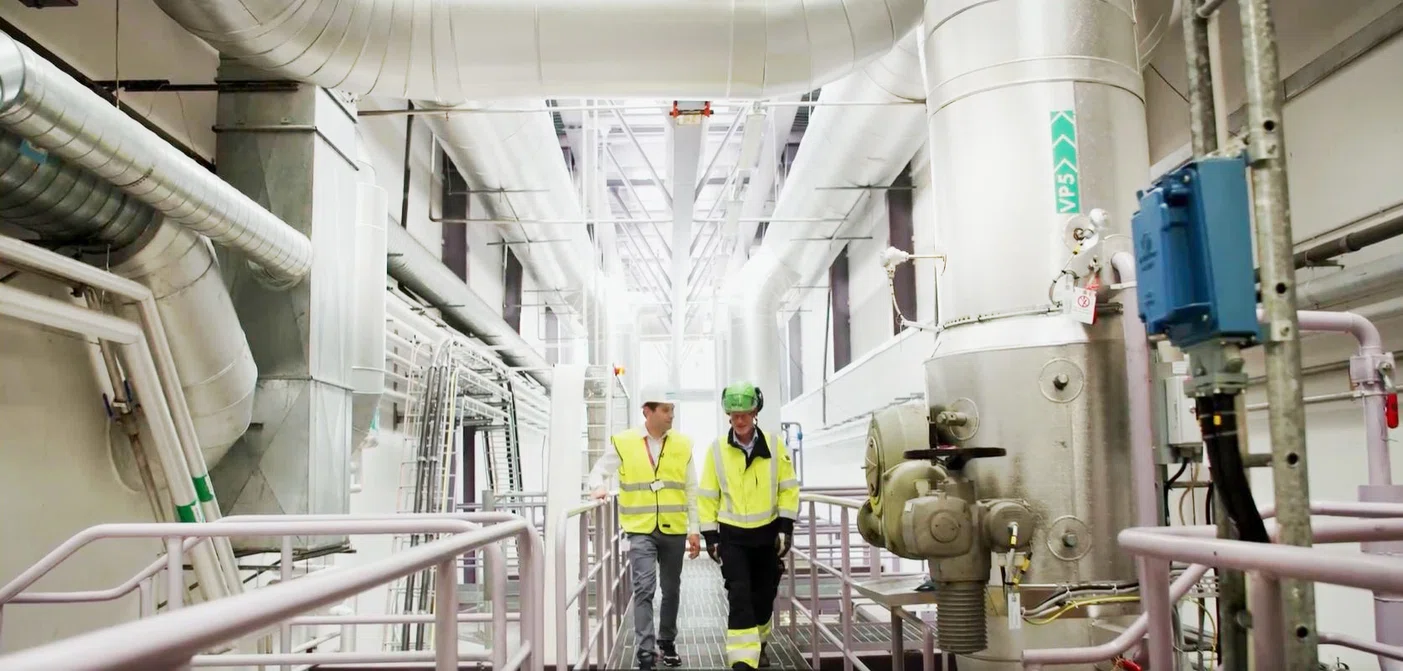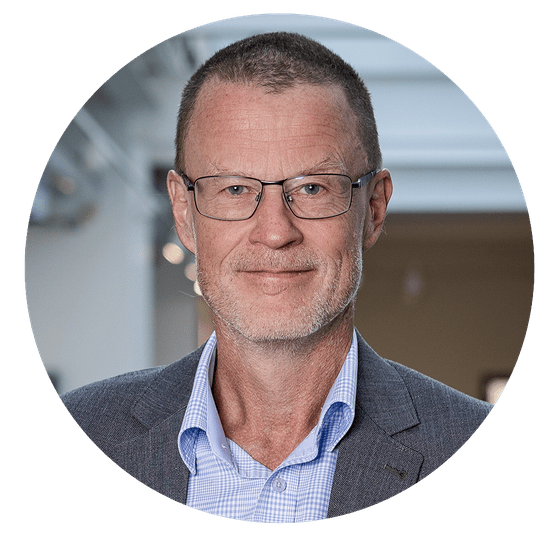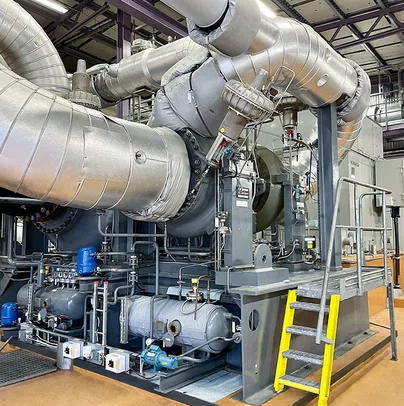Follow us on:
CONTACT US | Download the 2021/2022 issue | ©Atlas Copco AB



result
Search
A MAGAZINE FROM ATLAS COPCO GROUP
Sustainable technologies
Markets
Smart manufacturing
Our culture
Service and Consulting
Energy efficiency

District heating
A proven method for sustainable energy

Our operations are a critical part of the infrastructure in the city of Stockholm,”

Per Ljung,
Head of Operations,
Stockholm Exergi.

Heat pumps and district heating systems contribute significantly to lower carbon emissions because they bring people away from individually fired boilers at home,”

Rasmus Rubycz,
Market Manager New Energy,
Gas and Process division.
As the world wakes up to the urgent need for alternatives to fossil fuels, Sweden’s capital Stockholm already has a fully functioning, climate-friendly energy solution that has been up and running for more than half a century.
The issue of secure and sustainable energy is a global challenge that’s becoming more and more important by the day. But in Stockholm, there is already an established technology that others could also use. Around 90% of the city’s buildings are connected to a district heating network that is one of the largest district heating systems in Europe.
Run by the city’s energy company Stockholm Exergi, the system obtains its energy from several renewable sources, including treated wastewater, forest residues and municipal waste.
District heating involves the distribution of heat derived from hot water or steam through a network of underground pipes to individual houses and apartment blocks. The basic idea for the Stockholm network was first developed as far back as 1969 and then expanded in 1986. This innovative technology has slashed harmful emissions in the Stockholm area, with a 60% decrease in CO2 since 1980 for example.
Stockholm’s foresight in choosing district heating is a striking example of prioritizing sustainability and a circular economy. The city reuses or re-circulates resources that would otherwise go to waste and uses it for heating (and also cooling, using a separate technology). This cuts out waste and reduces the impact on the climate, while also benefitting as many people as possible.
“Our operations are a critical part of the infrastructure in the city of Stockholm,” says Per Ljung, Head of Operations at Stockholm Exergi.
“Stockholm depends on us producing a consistent and reliable source of heat and energy, and we have a lot of important customers, including hospitals and nursing homes.”
How does the district heating solution work?
Stockholm Exergi’s district heating plant in Hammarby, just south of Stockholm city center, hosts seven heat pumps providing approximately 220 megawatts of power. These heat pumps are the main basis of heat production for the district heating network.
“In this facility, we use municipal wastewater from a neighboring wastewater treatment plant,” explains Per Ljung.
“The water has a temperature of around 15 to 20C. We use the heat in that and raise the temperature to 70 to 80C to then produce heat for the city. We provide more than 90% of the city’s heat and the apartments and villas that you see in the city get their hot water from the tap and in their showers from the heat that’s produced here.”

The “beating heart” of the system
Stockholm’s northern latitude means cold weather is a fact of life for much of the year, so the heat pumps must be reliable. Atlas Copco supplies turbo compressors to two of the main heat pumps, and Per Ljung says that they are core parts of the entire system.
“The heat pumps that rely on Atlas Copco’s turbo compressors have the highest reliability and this is extremely important for our production capability. In fact, these compressors have been in production since 1997. That’s a really long time, though of course we change electronic components and do regular parts maintenance. But we foresee a production life of at least 24 more years,” says Per Ljung.
Rasmus Rubycz, Market Manager New Energy in Atlas Copco’s Gas and Process division, recently visited the Hammarby facility. He’s proud that Atlas Copco’s technology is enabling such a climate-friendly solution.
“Without the compressors it would not be possible to pump the heat from the cleaned sewage water up from the lower level to the level where it’s finally fed into the district heating network. There would be no district heating output in the system. The compressors are the beating heart of the project.”
He adds, “It feels great to work with a company who thinks along the same lines as us when it comes to sustainability; it’s a very natural relationship.”
Next target: negative CO2 emissions
So, is this a blueprint for a world that needs a cleaner and more secure approach to energy production? After all, in 2020 it was calculated that globally, heat accounts for nearly half of all energy consumption.
“Heat pumps and district heating systems contribute significantly to lower carbon emissions because they bring people away from individually fired boilers at home,” says Rasmus Rubycz.
“It means you have one central place where you can apply all the latest and most efficient technology, and you have a huge reach to all the consumers that are hooked up to the network.”
“What impresses me most about Stockholm Exergi is that they were such early adopters, and not just on a demonstration scale. The planning of the installation at Hammarby started in the 1980s, which means they were doing this when the rest of the world was not even considering doing it. They were going all-in from the very beginning!” Rasmus adds.
Per Ljung says that Stockholm Exergi is not resting on its laurels. They want to go even further with their sustainability journey.
“We use renewable sources of different kinds for more than 99% of the energy we produce. The only fossil heating oil we use is for starting up the plants. The next step is trying to create negative emissions and catch all the CO2 from the biomass plants and pump it down into the ground again. That will make Stockholm unique and benefit our customers and society.”
Suggested Articles



